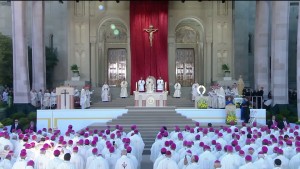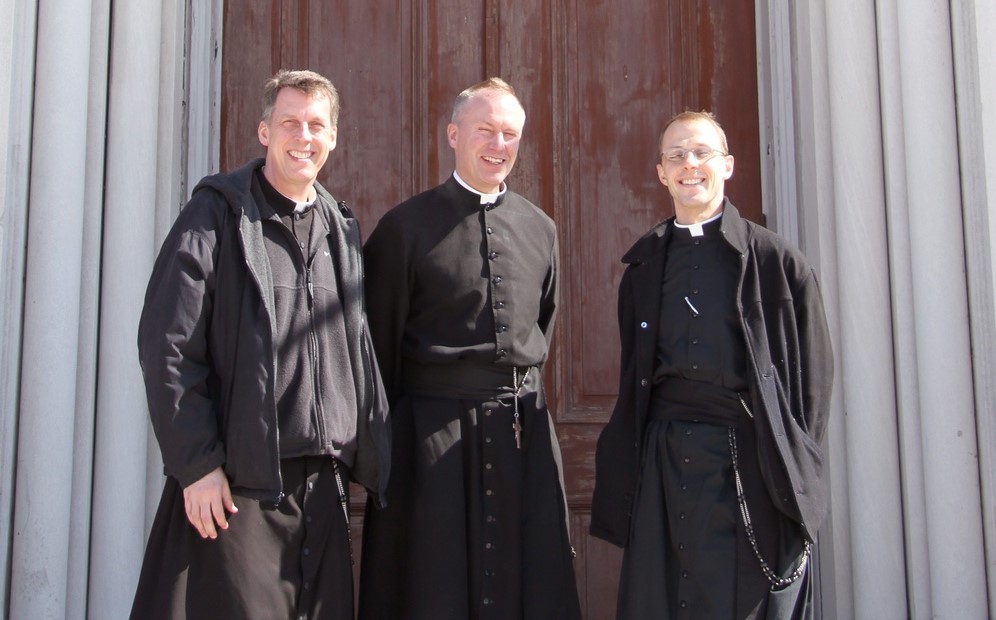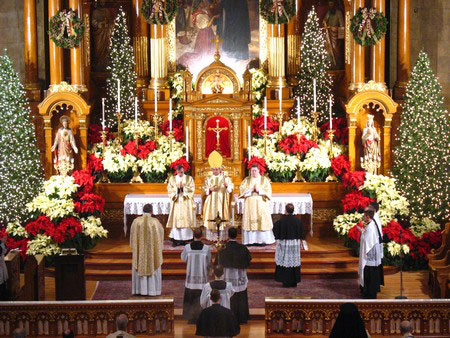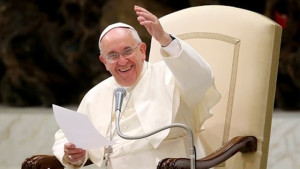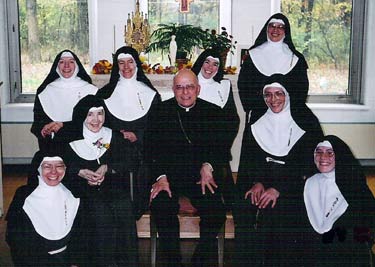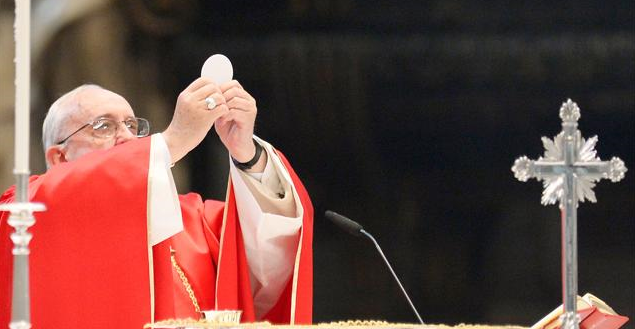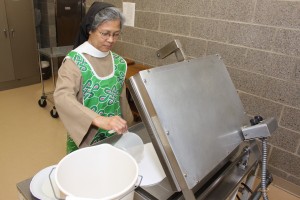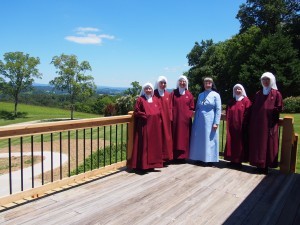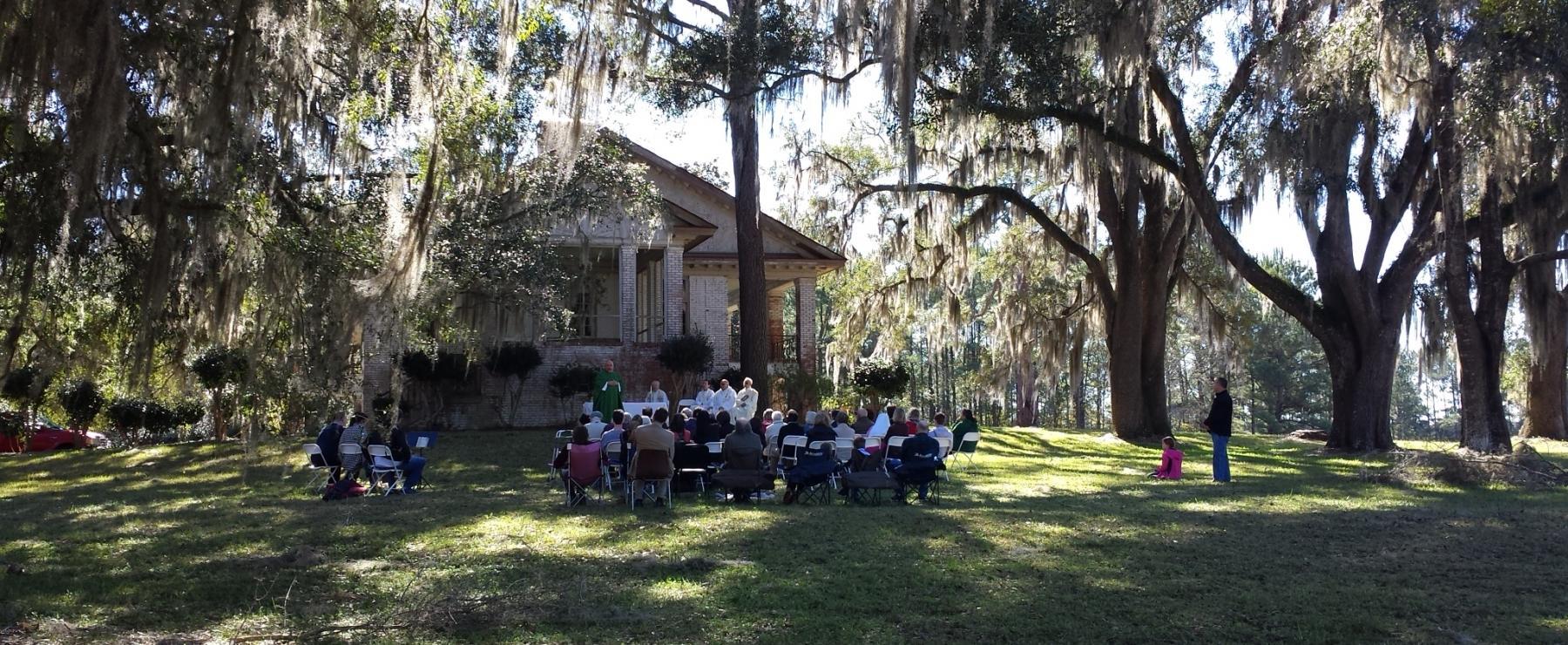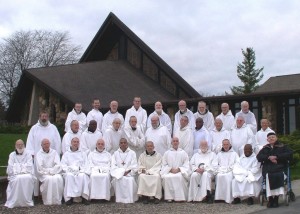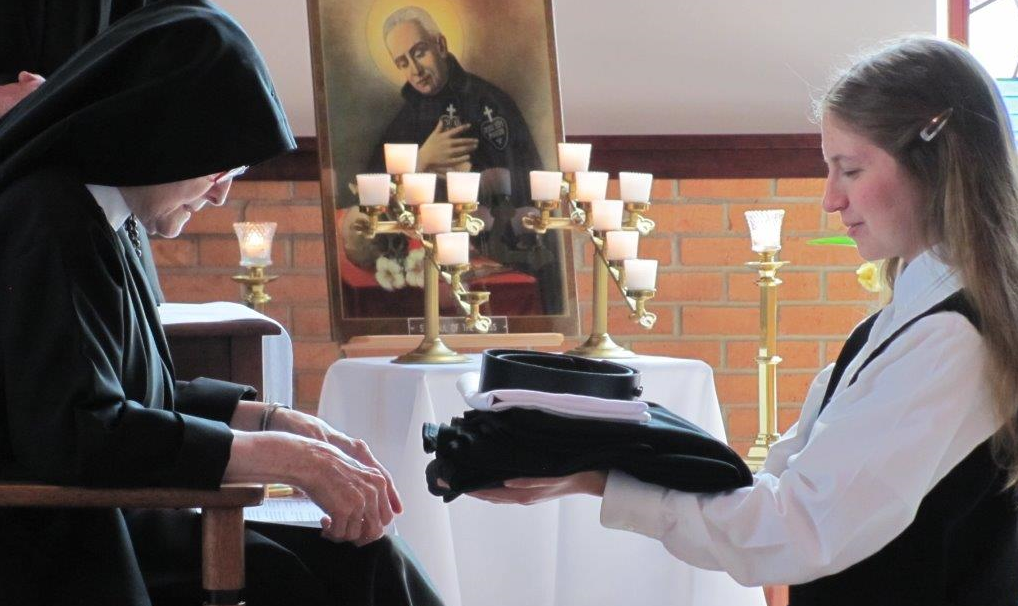
On the feast of the Assumption, Nora Wenke completed her year of postulancy and began her two years of novitiate which are an intense time of preparation for final vows with the Passionists Nuns of Whitesville, Kentucky. As she embarked on this new time of formation, Nora joyfully received a new name, Sr. Frances Marie of the Eucharistic Heart of Jesus, the veil of a bride and the Passionist habit.
Sr. Frances Marie of the Eucharistic Heart of Jesus has been overwhelmed with gratitude to God for the grace to be clothed in the Holy Passionist habit as it is an outward sign of the gift of her vocation as a Passionist nun. She desires to faithfully, “answer His call-to love and follow Jesus Christ whole-heartedly in religious life.”
 By accepting a new name and the Passionist habit, Sr. Frances Marie is responding to the Lord’s call and Our Lady’s invitation to join her at the foot of the cross. The long black Passionist habit which she now wears is a ‘garment of mourning’ and testimony to her union with the Sorrowful Mother. It is also a symbol of Christ and a reminder of her call to follow Christ crucified.
By accepting a new name and the Passionist habit, Sr. Frances Marie is responding to the Lord’s call and Our Lady’s invitation to join her at the foot of the cross. The long black Passionist habit which she now wears is a ‘garment of mourning’ and testimony to her union with the Sorrowful Mother. It is also a symbol of Christ and a reminder of her call to follow Christ crucified.
The Passionists were founded by St. Paul of the Cross who, while returning from Mass one day, saw, “himself clothed in a rough woolen tunic; it was black, and over the heart he saw a white cross beneath which was the Holy Name of Jesus. At the same moment, an interior voice said: ‘This signifies how pure and spotless that heart should be which bears the Holy Name of Jesus engraved upon it'” Passionists like Sr. Frances Marie of the Eucharistic Heart of Jesus continue to embrace their habit remembering the passion of Jesus and His great love.
